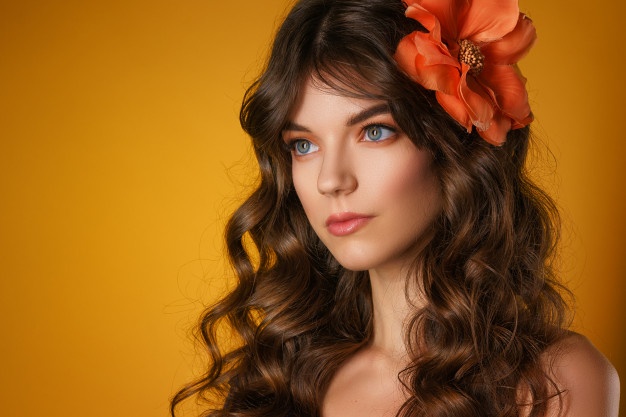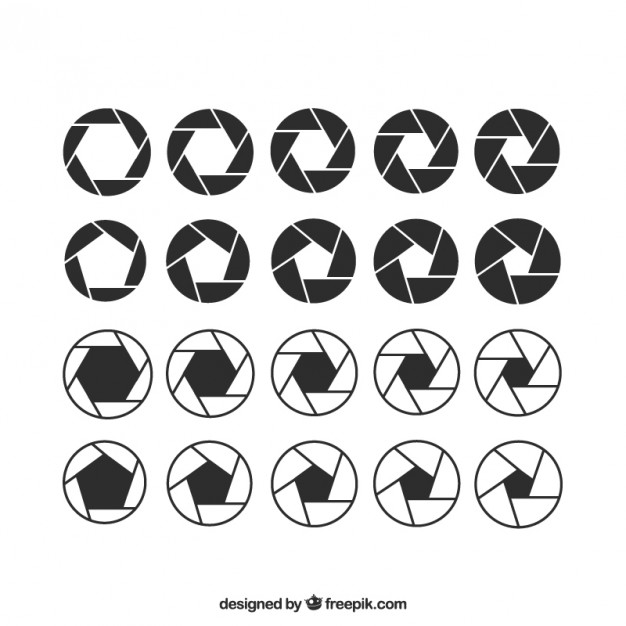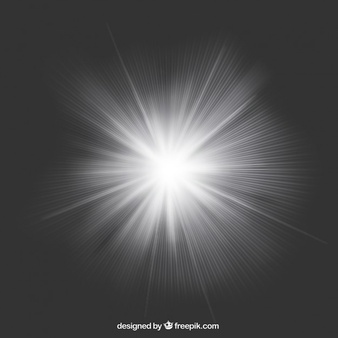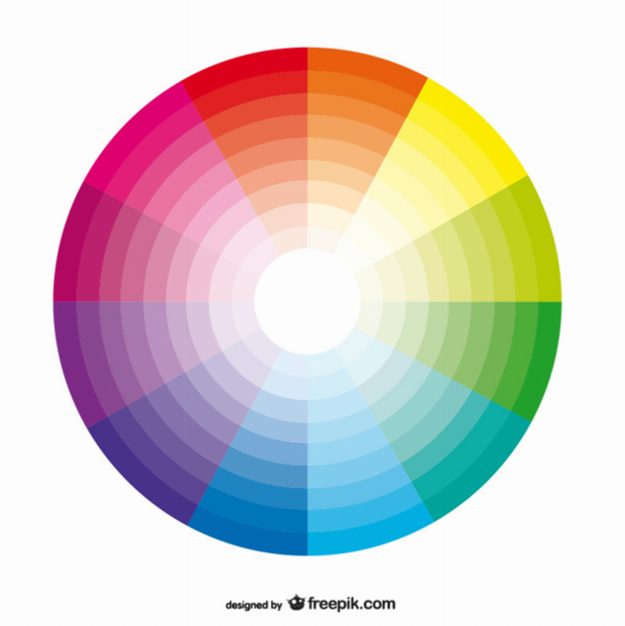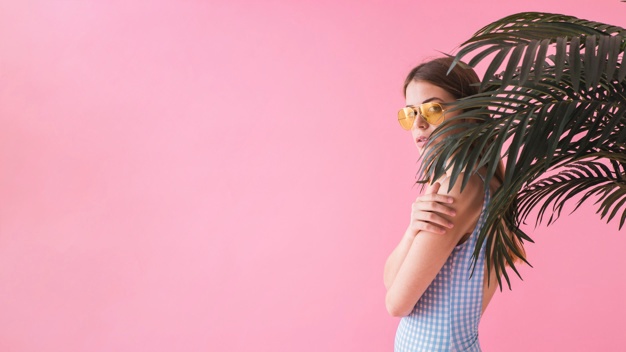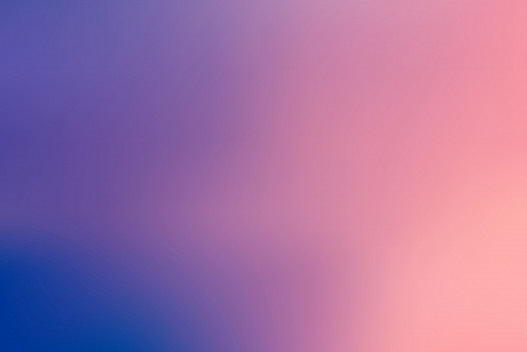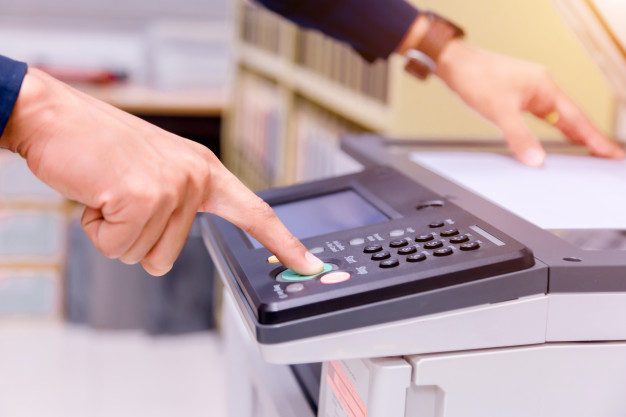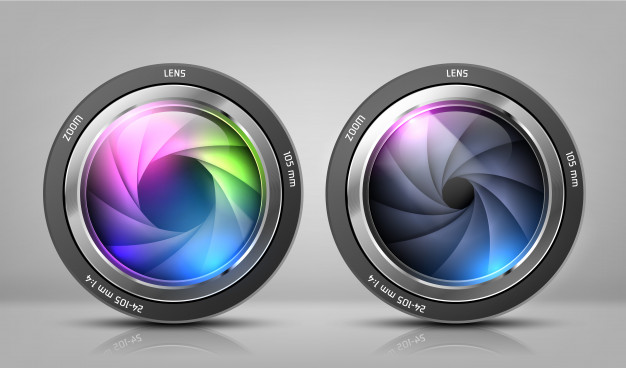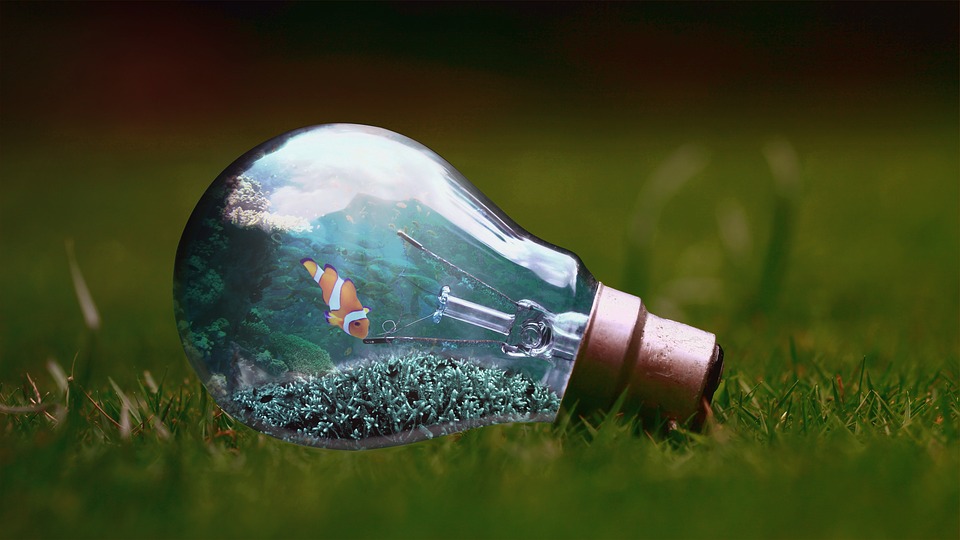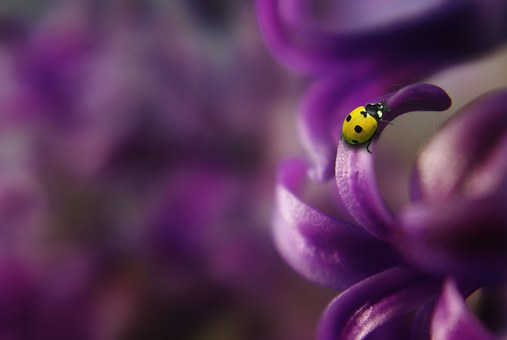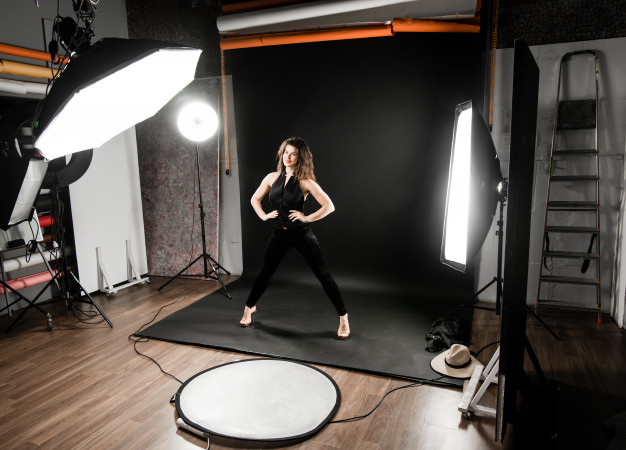Photography is a form of art that has been around for a long time but has started gaining significant recognition only over the past 50 or so years, starting mainly from the 1960s. Photography is an incredibly broad field, encompassing all sorts of styles, subjects, locations, purposes, and needs. There are some terms which are associated with this art and may seem especially confusing to anyone who has just stepped into the field. To ease the process, we have listed a few terms that you need to know as you get started.
Have you ever been confused about the difference between a Director, a Creative Director, an art director, the manager, and so forth? The fashion industry is crowded with numerous words, phrases, and titles that people throw around. It can be very hard for a person stepping into the industry to understand most of these terms and use them correctly.
Fashion Photography Glossary
Agent/ Agency
A person, or a company who represent talents that are creative, including but not limited to actors, models, artists, etc. with a license and specific regulations
Art Director
An art director is responsible for the execution of the organization of project related concepts. They focus on the performance and tangible work related to the ideas of the Creative Director.
Artist Release
It is a binding contract that is used by photographers and clients to define the terms of use and compensation that will be used for a photograph, a shoot, or a particular series of pictures. This includes decisions about copyrights of the image(s) which leads to the word ‘Release”.
Aperture
This is the opening through which light passes to expose sensitized material or sensors, and is usually located behind or within a lens mount. F-numbers are used for defining the aperture sizes, and play a role in how exposed the final image will turn out. Aperture priority is a mode in camera settings which allows photographers to choose their aperture while the remaining relevant data and shutter speed is decided automatically by the camera. This is an excellent way to begin understanding apertures and their usage.
Aspect Ratio
This is the ratio of the height of an image to its width. There are different aspect ratios which are used for different platforms and purposes. It is always a good idea to research the type of platform or print size you are shooting for so that your photograph can be shot or edited accordingly.
Autofocus
This is a useful feature which can be used to automatically find the best possible focus for images that you are shooting. While it gives less control over individual focus, it can be a good idea when you first start as a beginner. It is also good for shooting at times when focusing may be an issue due to time or speed constraint.
Backlighting
This is a term that is often found in fashion shoots. It is a source of lighting which is placed behind the subject that is being photographed to separate it from the background, often providing a halo effect. It is usually used in combination with other light sources.
Booking agent
The contact at an agency whose job is to find and book talent.
Buyout
It is a situation where a client purchases the copyright ownership for a photograph or a series of photographs completely.
Call sheet
A call sheet is the document which provides all the details related to a specific shoot, including call times, locations, all the people involved, photographers, equipment, etc.
Call time
This is the time when a person involved in a shoot is required to be present at the location of the shoot. The role of the person, place, duration, and type of shoot can impact this detail.
Campaign
A campaign is a set of advertisements that are based on a familiar concept and are used to feature a specific design, garment, collection, or designer. These images appear on billboards, in magazines and papers, on pamphlets, and in recent times, all over social media.
Casting
The process where models are invited to audition for a job by a client.
Catalog
These are photographs that are taken of a garment, or series of garments, against a plain or black background to prevent distraction.
Clean-Clean
This term is used to refer to a model wearing no makeup or products
Collection
The entire set of outfits or items that are put out into the market by a designer for a single season
Creative Director
A creative agent is the person in an advertising agency or a publication group who holds responsibility for determining the exact vision and direction for campaigns and shoots.
Cyclorama Studio
A studio that has rounded corners, is indoor, and is designed to provide a uniform background for shoots.
Carbon Prints
there were numerous carbon processes which were tried and tested prior to the patent by Sir Joseph Swan in 1864. He’s found a lot of commercial use and success because it provided photographers with ready-made materials. The process was used to produce prints using carbon, hence making them permanent and more resistant to the chances of fading. These carbon prints tend to have matt finishes.
CMYK Mode
CMYK stands for Cyan, Magenta, Yellow, and Key. It is an image mode that is used for litho reproduction. Most prints are done with CMYK ink. Some people initially make mistakes regarding keeping their images or graphics in a CMYK or RGB format. A file in RGB format can look drastically different when it is printed by a CMYK printer, making this concept very important.
Compound Lens
This is a lens which is formed as a combination of two or more individual elements. They are usually cemented together, and used for specific types of photographs.
Contact Sheet
This is a method that is used to print negatives in the same size as the film to help photographers in choosing images which can be enlarged.
Depth of field
This is the distance in front of the point of focus and the distance beyond it which is sharp to an acceptable limit. This can be manipulated by increasing or decreasing various photography aspects and forms an essential component of the creativity and skill that is found in a photograph.
DPI
This stands for dots per inch and stands as a measure of the quality of a printed image. DPI requirement varies according to the platform and the medium which is going to be used for viewing the image.
DYE transfer print
This is a printing process which is subtractive and is used to make colour prints using colour positives or negatives, depending on the type and the necessity.
Dynamic Range
This is a measure of the way sensors record areas in a digital photographic image in the form of areas that are dark or light, or in different light ranges.
Diffusion Line
It is a more affordable, secondary line, for high-end fashion houses and businesses.
Digitals
These are unedited photos of a model that are used as a source for how the model will look with tiny amounts of makeup and no styling. This may occasionally be done with Polaroid cameras.
Editorial
An editorial is a fashion shoot for a particular brand, designer, or company, that focuses on a story or narrative, and is intended to be used only once by a publication.
Emulsion
It is a light-sensitive colloid that is usually made of silver halide grains in a thin layer of Gelatin. It is then coated on glass, film, or paper as a base.
Exposure
This refers to the amount of light which is allowed to reach image sensors in a camera and is primarily controlled by the shutter speed and the aperture. It forms an essential part of the basic principles to be understood in photography. An exposure meter is used to measure the amount of light which is available in a particular image or setting, to assist in deciding aperture and shutter speeds. Alternatively, most modern cameras come with automatic settings which allow the user to simply click, while letting the camera handle all these settings. Overexposure is a related phenomenon which occurs when there is exposure to light-sensitive material that has too much light. Such images tend to appear too bright, have colours that seem wrong, or make grainy images.
Extension Tubes and Bellows
These are extendable devices which fit between the lens and the camera body and help the photographer in taking shots which are more close-up and have a specific amount of magnification. These are often useful in cases where details are necessary, and macro photography is involved. The level of magnification usually depends on the length of the tubes or the bellows.
Fashion Week
There are numerous fashion weeks which have started up all over the world, but most attention is still drawn by the main four which happen, in sequence, in New York, London, Milan, and Paris. Thee are shows where designers showcase their latest collections for a particular season and take place twice a year. The fashion week in September showcases Spring/Summer collections, while that in February showcases Fall/Winter collections. The fashion week for Men’s fashion is helping separately, usually in January/ February, and then in June/July.
Fitting
The time that is allotted for fitting garments for a specific model, that happens before a shoot commences.
Filter
This is an optically coloured or neutral glass or plastic that is mounted in front of the camera lens during photography, usually o reduce the certain amount or sources of light. There are other specific filters which are used for polarizing, or to provide neutral density, which works in different ways to produce different effects.
Focus
This refers to adjusting the lenses to change the direction and subject which is to be focused on. Certain cameras have a setting which allows photographers to click in auto-focus where there is no need to alter the focus of the image since it is taken care of by the camera’s automatic functions. While this may be considered an advantage to beginners, it is usually more of a hindrance to those who wish to have greater camera controls.
Gamut
This is a term which is used for the specific extent of the colour palette which has been used for the creation, display or the output of an image which is digitally made.
Giclee Prints
This is generally considered to be the finest type of art prints, which are used by artists and photographers who wish to have very high-quality reproductions of artworks, photographs, paintings, or any digitally made graphics.
ICC
It stands for International Colour Consortium, an organization that was founded by major manufacturers to develop systems and standards for colour which could be used across numerous platforms.
Ink-jet Print
This is a print which is formed by tiny ink droplets which are put on paper by using electromagnetic fields which guide the ink streams. It is technology which was initially developed in the 1950s and then used for digital photographic prints from the 1970s.
ISO Speed
This is a number that is used for specifying the speed of a silver-based film. Photographic film and digital sensors are usually graded on the basis of the sensitivity that they display towards the light, which is also called film speed.
JPEG/JPG
This is the most commonly used format when one is saving or storing photographs.
Macro
This is a digital camera setting that is used for taking photographs at close range. It is usually done with the assistance of macro lenses which reduce the need for extension tubes or bellows.
Montage
This is a picture or video that contains a collection of other images.
Optical Zoom
This is an image magnification that is achieved by repositioning the lenses.
Panning
This is a method that involves moving the camera in the same line as a moving object to produce burr background while keeping the prime subject sharp and in focus, which leads to images that show movement.
Photogravure
This is a printing process using photomechanical intaglio ink which is used to get high-quality reproductions of photographs at a fast pace while preserving all the tone and detailing on the page.
Pictography
This is a type of high-resolution digital print that was initiated by Fuji and is used to put the images directly onto donor paper, eliminating the need for processing chemistry.
Pixels
These are individual elements that form digital images. They refer to picture elements and form an essential part of all work that involves digital media.
Post-Processing
This is a term which was used mainly to refer to work which is done on a negative or a print post normal processes. Due to the advent of new technology, this now refers to processes such as editing and colour adjustments which are done to raw files after the shoot, typically with specialized software such as Photoshop or After Effects.
Rangefinder Camera
This is a system that is used to focus sharply on a subject by aligning two images in the camera viewfinder.
RGB
This refers to the red, green, and blue mode which is used for images having digital colours. Each colour has a channel of 256 steps and pixel colours which are made by mixing these 3 core colours.
Saturation
This is a setting on digital cameras or in image editing software that is used to adjust colour intensity in relation to its own brightness. More saturated colours will have pure hues and appear brighter or with more contrast, while less saturation will lead to grey tones.
Shutter
the shutter is how a photographer controls the amount of light that passes through the lens and onto the film. The shutter speed refers to the speed at which this shutter opens and closes, controlling the entry of light.
Solarization
This is an effect in photographs that is achieved in the darkroom or digitally where images on negatives or photographic print are reversed either completely or in part to achieve certain tones. This may happen due to certain errors but may also be achieved on purpose.
TIFF
This is an image format that is primarily used in the publishing industry, and stands for Tagged Image File Format.
TTL
This is a feature of SLR cameras where the viewfinder looks through the lens.
View Camera
This is a large-format camera that usually has both lateral and vertical movement as well as swing, tilt adjustment on the back of the camera and front lens standard. Traditionally, the images are viewed on the back of the camera using a glass screen. It is also referred to as a technical camera.
View Finder
This is a device which is used to identify the direction or subject at which the camera is pointed and can be either optical or LCD.
Zoom
This is a facility which is used to adjust the camera lens for making images seem closer in proximity than they are in reality.
